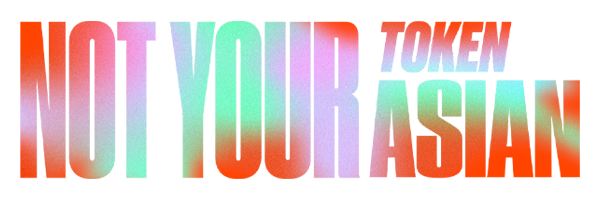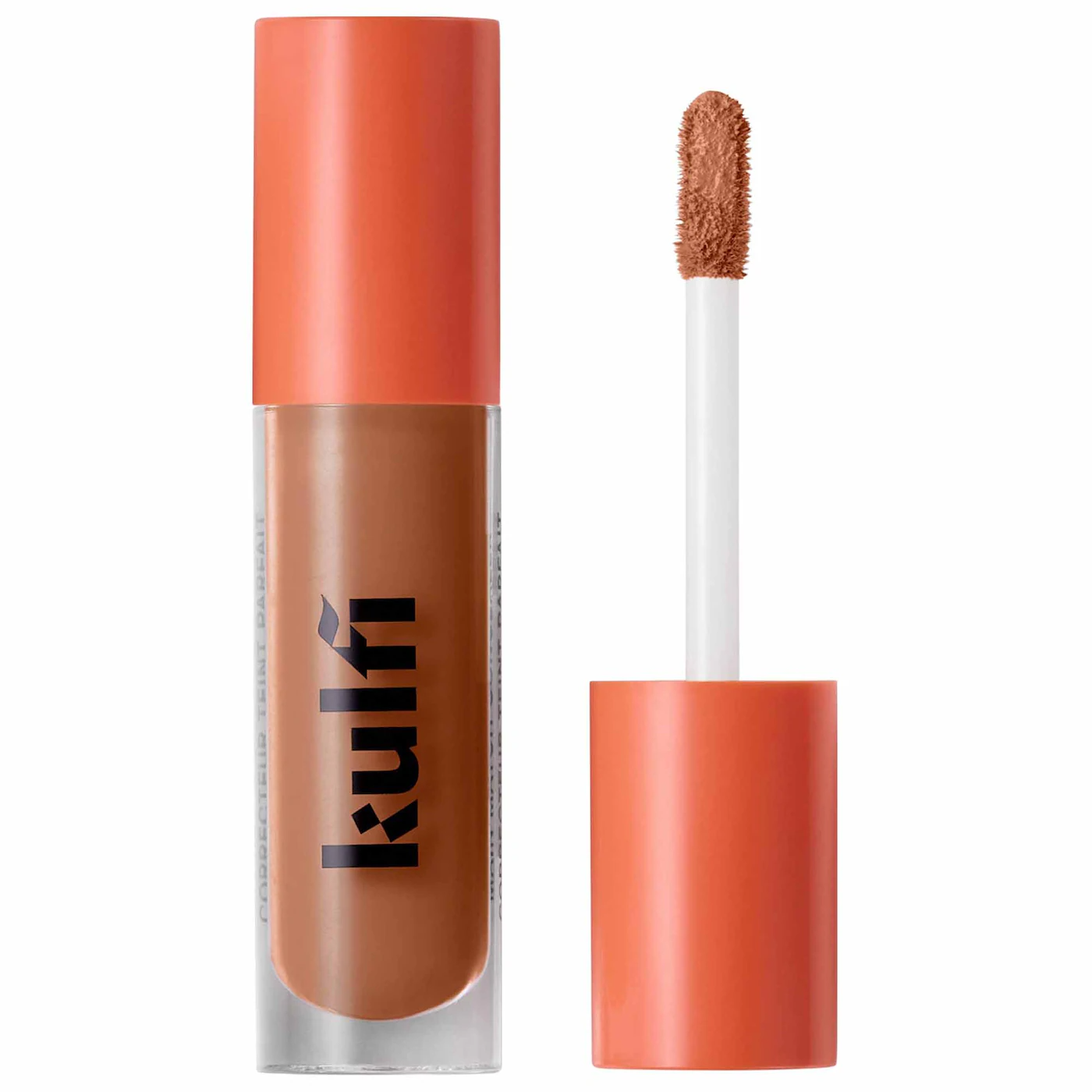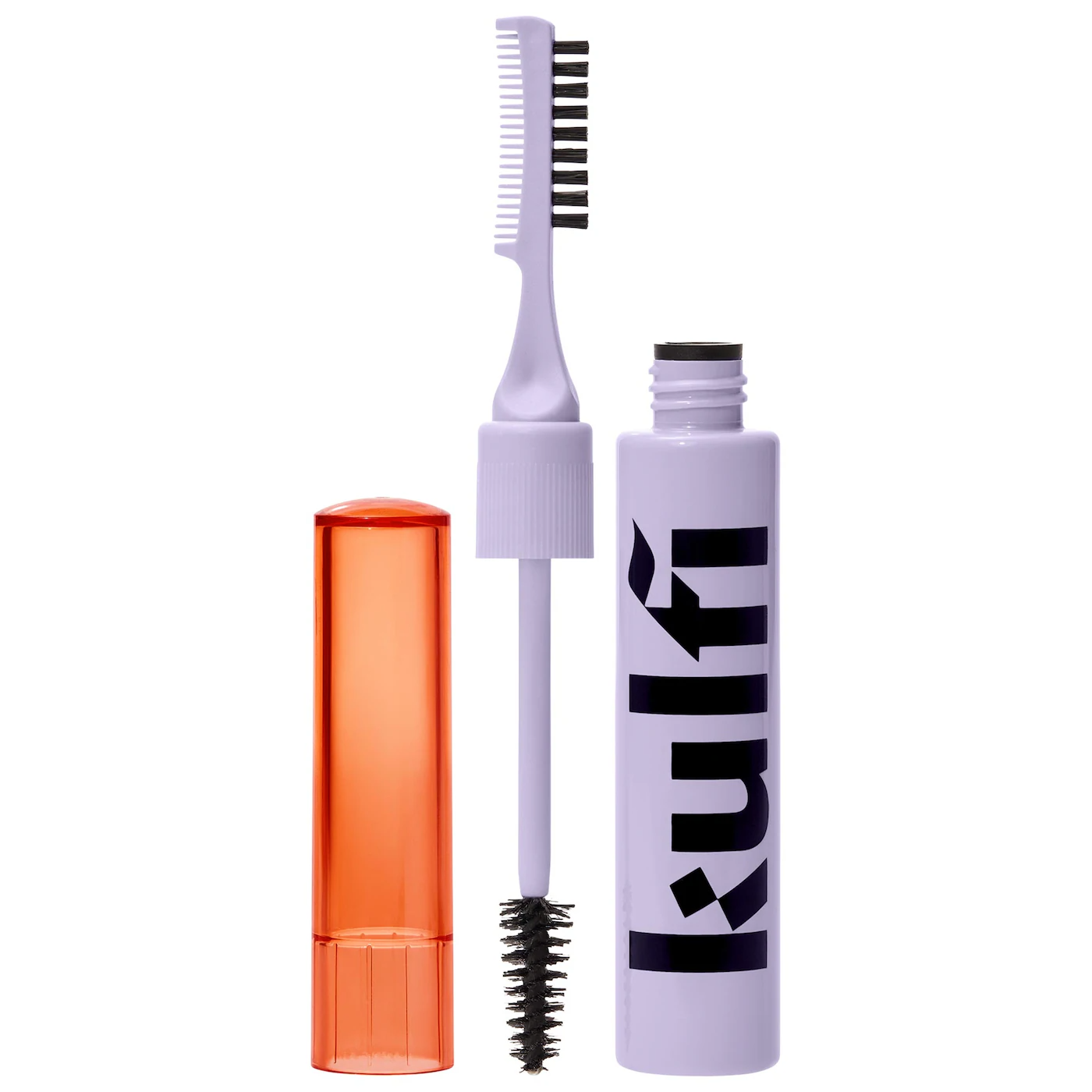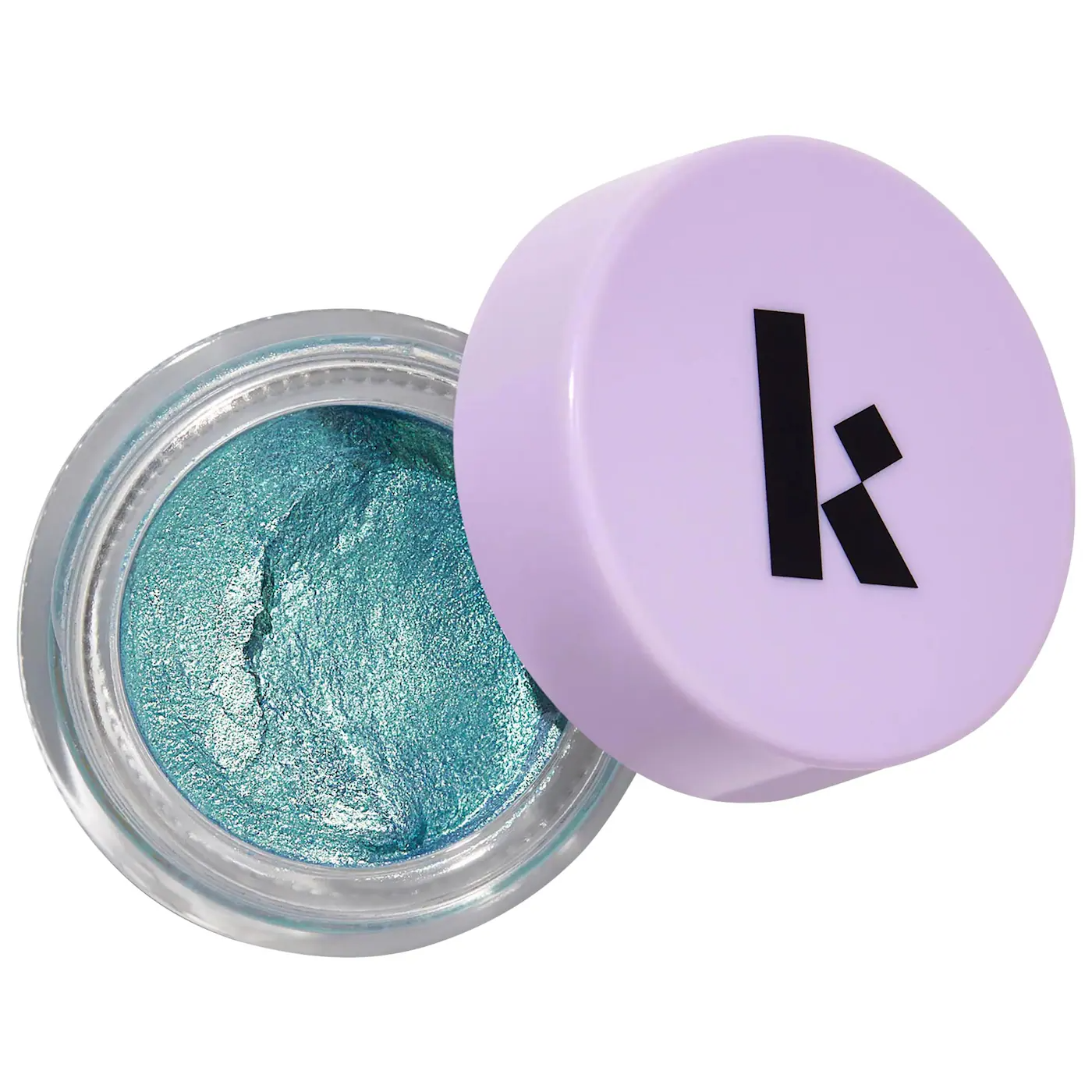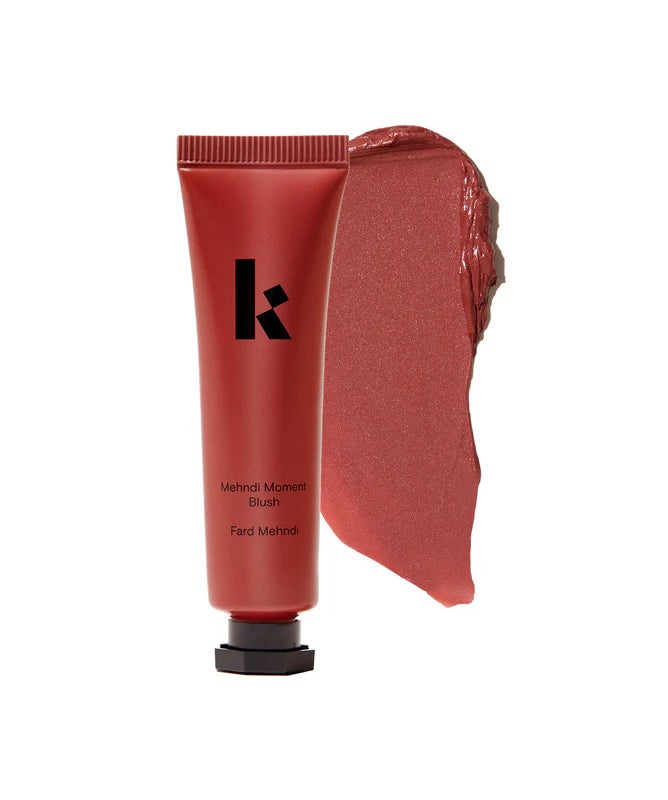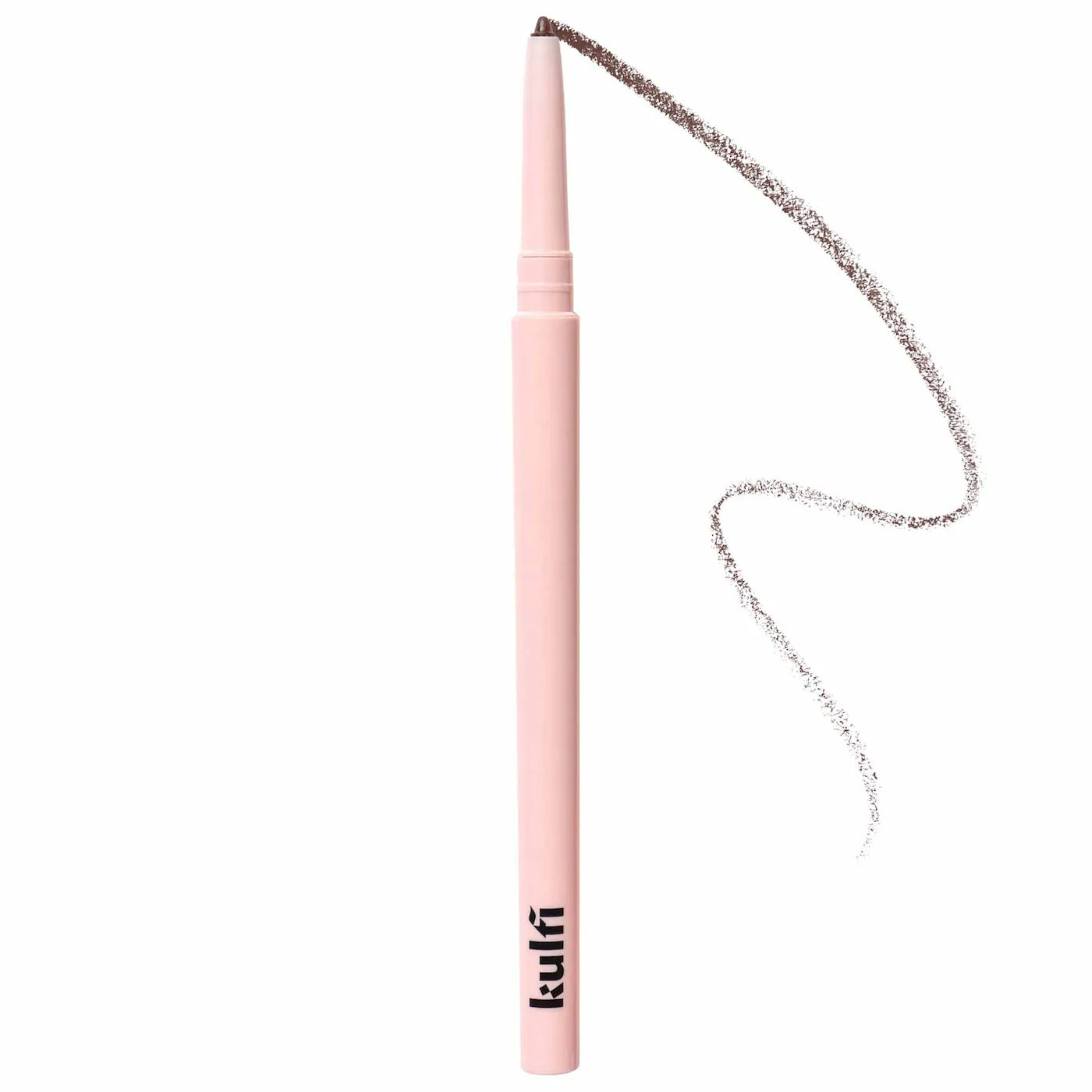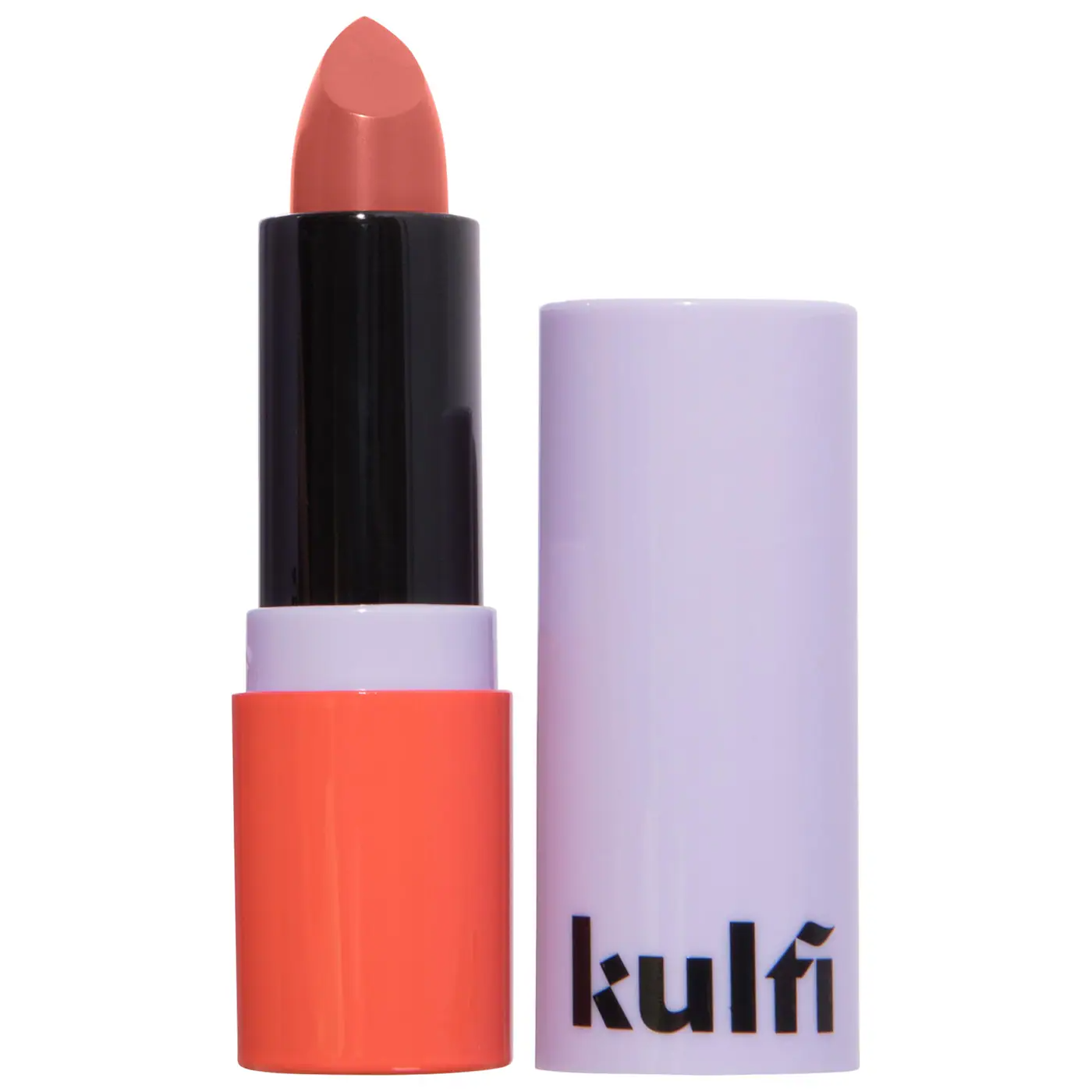The South Asian-Inspired Beauty Brand Bringing Joy Back Into Makeup
I distinctly remember the day in seventh grade when a boy in my math class slipped me a note. I opened it, and staring back at me was a rudimentary caricature of me, only with big, fat caterpillars where my brows should be. I wanted to disappear. The following year, I obsessively tweezed my brows to the point where they were uneven, scrawny husks of their former selves (luckily they grew back) and began shaving my arm hair and bleaching my mustache — even though it made my skin itch like it was on fire. It was one thing to be aware of things I didn’t like about myself, but it was as if my worst fear was realized when other people noticed them, too.
AdvertisementADVERTISEMENT
As a mixed-race Asian-American woman, I felt like I was constantly retaliating against my body’s natural tendency towards hairiness; many Japanese women I saw looked as smooth as a dolphin, and it made me feel like a beast in comparison. The stigma I experienced as a woman with visible body and facial hair was even heavier with the pressure of Asian beauty standards — and I’m not alone.
A similar story inspired Priyanka Ganjoo to create a beauty brand, Kulfi, that celebrates and represents her Indian heritage. One of the brand's latest launches, Free The Brow, particularly embodies the brand’s ethos of celebrating and enhancing your natural features: In addition to defining, conditioning, and enhancing brows in a single sweep, it conditions them with ingredients like vitamin E and sunflower oil. (And before you ask, no: It doesn’t tame brows, because spoiler alert — they don’t need to be tamed in the first place.) In an interview with R29, Priyanka gets candid about embracing body hair, finding inspiration in South Asian culture, and why she’s on a mission to make makeup fun again.
The following interview was told to Karina Hoshikawa and has been edited for length and clarity.
On starting a beauty brand…
It’s wild to me that I started a makeup brand because I didn’t even wear makeup until my late 20s. I just felt like it wasn’t for me — it was for a certain aesthetic, or a certain type of girl that wasn’t me. I didn’t feel included in that conversation. I did an MBA and got into the beauty industry from a business side at Estée Lauder, and then at Ipsy. I realized that makeup can be really fun, and I started trying things by myself and went on this discovery. I wondered, Are there brands serving South Asian consumers?, both from a product perspective — their undertones, products that address their concerns — but also the community. So I decided to do it myself.
AdvertisementADVERTISEMENT
I wanted to embrace the fun, playfulness, and artistry of makeup. And that’s what we’re called Kulfi. Kulfi is a South Asian ice cream dessert that’s colorful, flavorful, and delicious. And I wanted beauty to feel like that experience, too. It’s fun to put on glittery eyeshadow!
From starting online with one collection to now being at Sephora, [it means so much to me] for people to see a brand called Kulfi — which, again, if you’re South Asian, you get it immediately — and feel seen in that.
On embracing facial & body hair…
Growing up, I had a lot of facial hair and my brows were made fun of. If you had one piece of hair on your arm, you were teased for it. I grew up in India and it was the case there, too. Even though those were our natural features, we were aggressively trying to get rid of facial hair and have super skinny brows. It took a lot of unlearning for me to embrace my hair like that, which led to Free The Brow. It doesn’t just make your brows beautiful and look laminated, but it actually supports and nourishes your brows. Hair oiling is an Indian beauty tradition, where we try to make our hair thicker, longer, and more luscious — [Free The Brow] is inspired by that, but for your brows.
Photo: Courtesy of Kulfi
I’m so glad we’re able to create products like that, and have this beautiful campaign. I wanted someone with a unibrow for this campaign, and the model we found applied to our TikTok casting call and she was like, “I’ve never touched my brows.” She just walked in so proud of her brows and the result is beautiful.
AdvertisementADVERTISEMENT
It’s such an emotional story to grow up wanting to get rid of all your [facial] hair, and it’s kind of crazy how so many of us have had these experiences because we’ve been trained to think that facial hair is bad, or that thick brows are masculine — like that’s inherently negative.
On being inspired by South Asian culture…
We’re inspired a lot by South Asian culture and textile art. When we launched the kajal eyeliner, the colors were inspired by saris and the colors we see in clothes: shades like teal and terracotta that we know are flattering on us when we wear it, but hadn’t been translated to makeup. We have this beautiful duochrome shadow in chartreuse with this greenish-gold shift. It’s such a unique color in makeup, but actually there are a lot of Indian textiles and art that use that color. Being able to take that inspiration and translate that into makeup is the artistry part of our brand.
Most people want to have a black liner in their makeup kit, but what our community also told us is that they’re tired of seeing the same shades every brand has to offer. There is this desire for something that helps them experience joy.
On inclusivity in beauty…
This is just a starting point. I honestly feel like within the beauty industry, there was this call for diversity and inclusion when Fenty [Beauty] launched, and there was this huge momentum during the Black Lives Matter movement. There’s so much work still to be done, and shade inclusion is not just about foundation shades, right? It’s also about how we create blushes, and lipsticks, all these other products that look flattering on a diverse set of skin tones. If you have a deep skin tone, one blush shade shouldn’t be the only option you have on the table.
AdvertisementADVERTISEMENT
There’s still so much we have to do, and that’s what I’m really excited for in the future, to keep kind of pushing those boundaries, and keep making beauty fun for everyone. We’ve received messages where people are like, “I love that you put someone who looks like me on the campaign because it makes me feel seen,” and “I didn’t see that growing up in a small town where I was the only person of color.” We have people share stories like that, stories that are really, really powerful.
On her favorite Kulfi products…
Oh, this is a hard one. I have a very special spot in my heart for our Zari Eyes eyeshadow because I used to be terrified of eyeshadow. Lipstick is, in some ways, easier — you just put it on. I could do that. Eyeshadow was more intimidating, and I thought it didn’t look good on me. That’s why we designed our formula, which is intentionally designed to apply the most beautifully if you use your fingers. It actually picks up very little product with a brush. [But when applying with fingers], literally in a minute, you can have a beautiful eye look that's really easy. I use it all the time because it made this thing that was so complex easy for me, and enjoyable. It represents everything we’re trying to do.
Photo: Courtesy of Kulfi
And obviously, the Mehendi Moment blush. Initially, there was hesitation because purple blushes aren’t as mainstream, but this has actually become our bestselling blush shade. It’s a pink-toned purple that looks beautiful on olive undertones, and I love that it came from our community not wanting just one mauve option for blush. We’re trying to create this assortment of colors that everyone feels welcome to play with and that looks good on a variety of skin tones. Combined with our storytelling and the inspiration we get from South Asian culture, there’s so much more we can do.
AdvertisementADVERTISEMENT







